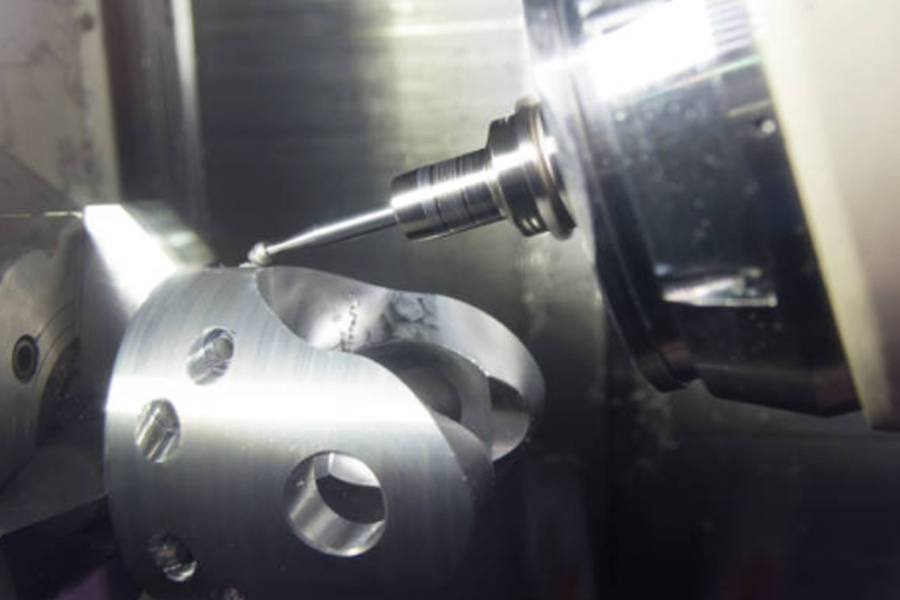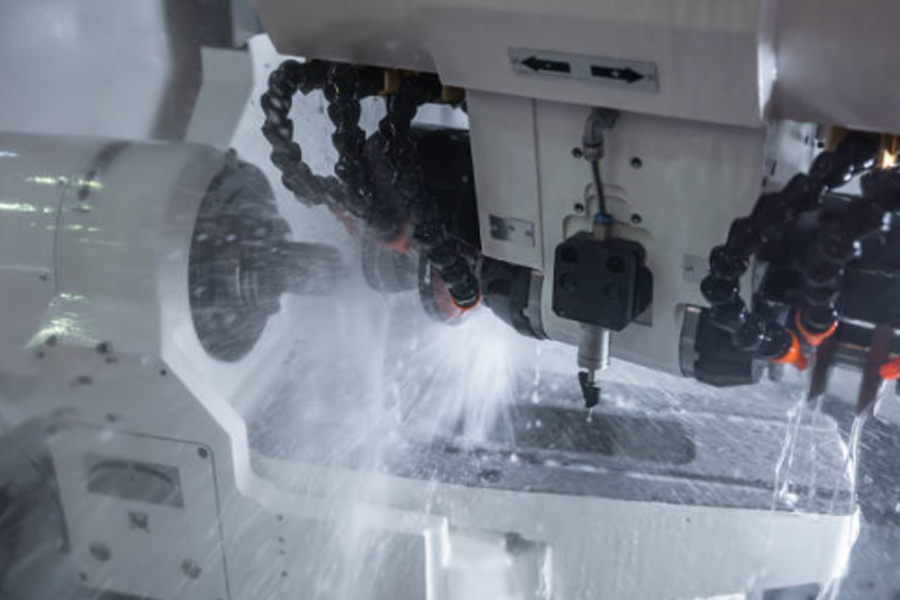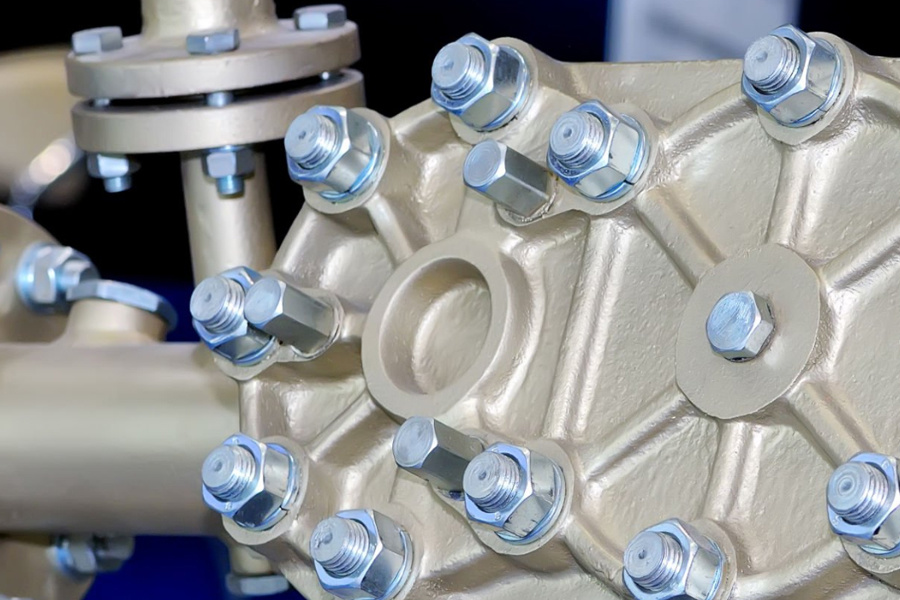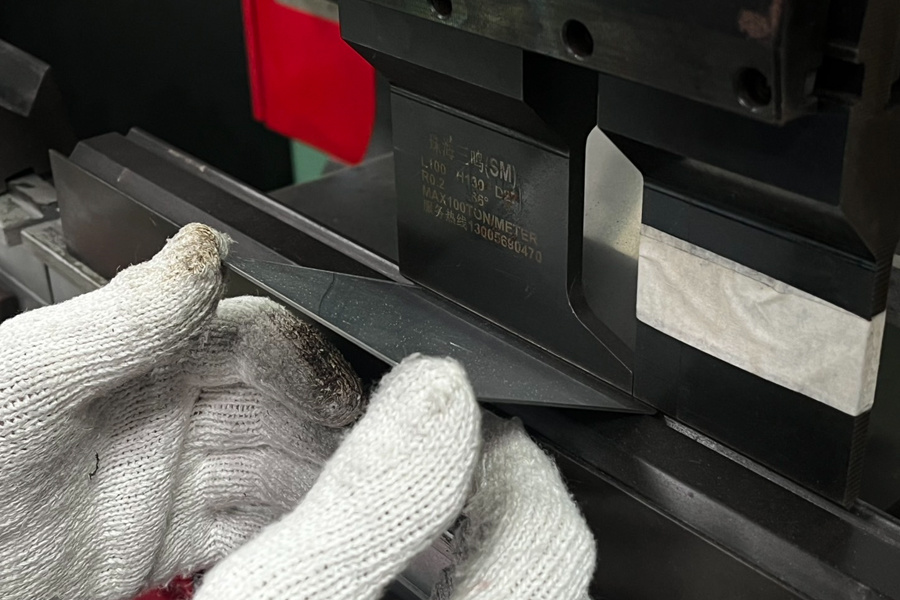Tool loss drops by 60%: CNC dedicated to hard materials achieves precision mass production
Release time:
2025-06-18
New CNC technology achieves breakthroughs in ceramic composite material processing through multi-dimensional innovation, reduces tool wear and surface integrity problems, and provides possibilities for the aerospace and new energy vehicle fields. Carbon fiber cutting technology innovation turns to the field of carbon fiber cutting, using intelligent vibration suppression system and multi-axis linkage compensation algorithm to control layered cutting depth and improve processing efficiency.
With the continuous growth of demand for lightweight and high-strength materials in aerospace, new energy vehicles and other fields, the ultra-hard properties of ceramic composites and carbon fibers have become the focus of precision manufacturing challenges. Traditional processing methods have limited production efficiency and high costs due to severe tool loss and poor adaptability of cutting parameters. In response to this pain point, the new dedicated CNC technology has achieved breakthroughs through multi-dimensional innovation: on the one hand, the tool path algorithm optimization based on the mechanical properties of the material makes the cutting stress distribution uniform; on the other hand, the collaborative design of the high-rigidity spindle and the dynamic cooling system significantly suppresses vibration and heat accumulation during processing. This technology fusion not only improves the stability of superhard material processing, but also finds a balance between tool life and processing efficiency, providing a feasible path for the mass production of complex components.

Breakthrough in Ceramic Composite Processing
In the fields of aerospace and new energy vehicles, ceramic composites have become core materials due to their high strength and high temperature resistance, but their high hardness and brittleness cause traditional CNC processing to face bottlenecks such as rapid tool wear and poor surface integrity. In recent years, special processing technology for ceramic composites has made significant progress, and breakthroughs have been achieved through multi-dimensional collaborative optimization. For example, the use of high-frequency dynamic response spindle and intelligent adaptive clamping system can reduce the vibration amplitude during cutting by 35%, effectively avoiding the edge cracking of the material; at the same time, the tool path planning algorithm based on the microstructure characteristics of the material can dynamically adjust the feed rate and cutting depth, so that the single tool life is increased by 60%. It is worth noting that the application of new gradient composite coating tools further reduces the impact of cutting heat on material properties, and its surface roughness can be stably controlled within Ra0.8μm, providing reliable guarantee for the precision machining of complex curved components.
Carbon fiber cutting technology innovation
After breaking through the bottleneck of ceramic composite material processing, the direction of technical research and development has turned to the field of carbon fiber cutting. In response to the problems of interlayer peeling and burr proliferation caused by the anisotropy of carbon fiber, the new generation of cutting technology adopts an intelligent vibration suppression system, which reduces the cutting stress peak by 35% by real-time monitoring of cutting force fluctuations and dynamically adjusting the spindle speed and feed rate. In addition, the multi-axis linkage compensation algorithm can accurately control the layered cutting depth to avoid tool deflection caused by sudden changes in fiber direction. Experimental data show that the use of high-precision heat pipe cooling tool holders combined with PCD-TiAlN composite coated tools can shorten the single-piece processing cycle to 65% of the traditional process while maintaining the surface roughness Ra≤0.8μm. It is worth noting that by increasing the spindle rigidity to 1.8 times that of traditional equipment and combining it with an asymmetric spiral chip groove design, the tool life is extended by 60% compared with conventional processes, providing feasibility support for continuous processing of ultra-large carbon fiber components.

New CNC tool optimization solution
Faced with the unique challenges of superhard materials such as ceramic composites and carbon fibers, conventional tools often have huge losses and short lifespans. In this context, one of the core breakthroughs of the new dedicated CNC system lies in its revolutionary tool optimization solution. Specifically, the solution combines a high-performance superhard alloy matrix with advanced composite coating technology to significantly enhance the wear resistance and impact toughness of the tool. More importantly, the special blade shape and geometric angle designed for material properties (such as the anisotropy of carbon fiber and the brittleness of ceramics) effectively reduce the risk of abnormal stress concentration and chipping during cutting. At the same time, the intelligent trajectory planning and feed strategy work together to optimize the chip morphology and chip removal path, further reducing the damage of cutting heat to the tool edge. These comprehensive optimization measures directly contribute to the significant extension of the tool life under harsh superhard material processing conditions.
Precision Manufacturing Solution Analysis
After breaking through the processing bottleneck of ceramic composites and carbon fiber, the precision manufacturing of superhard materials requires systematic integration of multi-dimensional technology optimization. Through the dynamic compensation tool path algorithm, the equipment can adjust the cutting parameters in real time to match the local hardness difference of the material to avoid tool chipping caused by stress concentration; at the same time, the use of high-torque spindles with active cooling systems can not only maintain processing stability, but also effectively suppress the impact of heat accumulation on tool life. For example, a new energy vehicle electric drive component manufacturer has shortened the carbon fiber shell processing cycle to 65% of the traditional process by introducing such solutions, and reduced the tool loss cost to 40% of the original standard. In addition, the coordinated application of modular fixture design and intelligent monitoring system further improves the repeatability of complex surface processing, providing reliable support for the mass production of high-performance components in the aerospace field.
In general, in response to the processing difficulties of superhard materials such as ceramic composites and carbon fiber, dedicated CNC technology has achieved a double leap in processing efficiency and tool durability through core tool path algorithm innovation and spindle rigidity enhancement design. This not only significantly reduces the tool loss cost in the precision manufacturing process, but also directly improves the processing accuracy and consistency of key components. With the continued growth in demand for high-performance lightweight components in the aerospace and new energy vehicle industries, such optimized superhard material processing solutions will undoubtedly provide manufacturing companies with a more competitive and sustainable production path, promoting technology upgrades and capacity release in related fields.
Key Words







